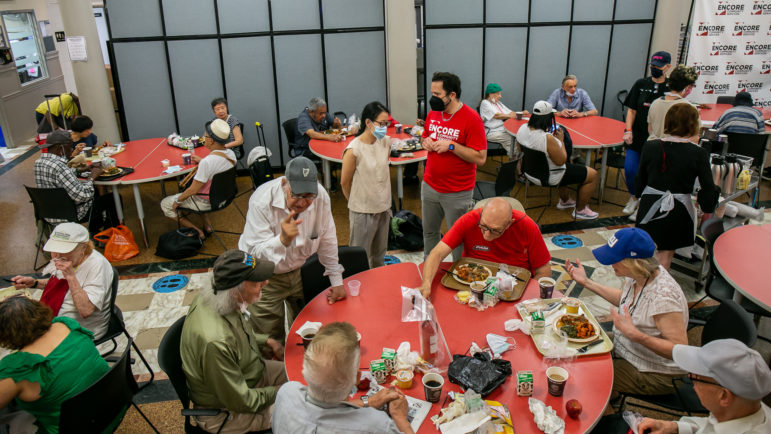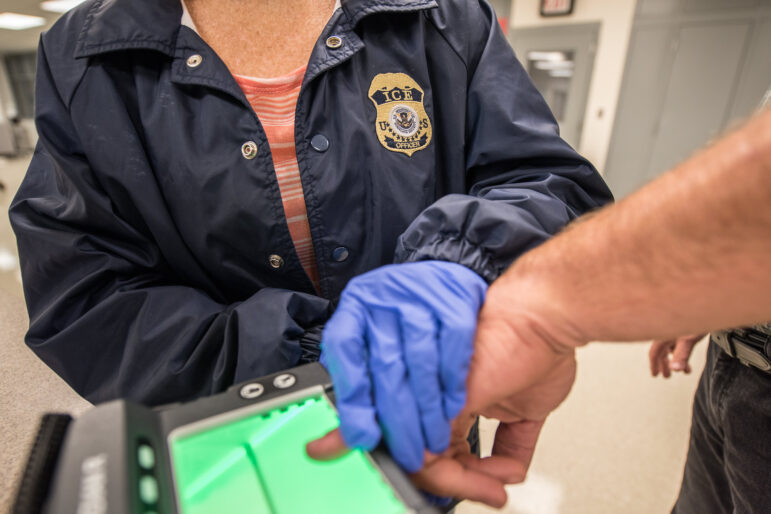With quotas on Chinese textile and apparel products expiring in less than two months, New York’s battered garment industry is braced for another staggering blow. But facing competition from cheaper labor on the other side of the globe, a union representing textile workers in Manhattan’s Chinatown is taking an unusual approach: setting out to level the playing field—starting in China.
Local 23-25 of the garment workers union (UNITE HERE) plans to send a delegation to China in Spring 2005 to conduct trainings in labor law, workers’ rights and the structure of American corporations. The union was invited to visit by the Chinese Working Women Network, a labor group in the southern Chinese city of Shenzhen, where garment factories are burgeoning. The long-term aim is to boost wages in China, giving American factories a better chance of competing and surviving. “For the workers in China to have better treatment and better rights would make the competition more even,” said May Chen, manager of Local 23-25.
Few international unions have ventured into China, where only government-sanctioned labor groups are generally allowed to operate. The main labor federation in the U.S., the AFL-CIO, has deliberately kept its outreach to Chinese workers “low-profile” to avoid government interference, according to Phil Fishman, assistant director of the union’s Department of International Affairs.
The textile quotas will be fully eliminated on January 1 as part of an agreement by members of the World Trade Organization. Some economists estimate that, once the cap is lifted, apparel from China will comprise 70 percent of the U.S. market in the next few years, up from its current 20 percent, with as many as 650,000 U.S. workers losing their jobs as a result.
This is the latest in a series of troubles for New York’s garment industry, which has been losing ground to developing countries since the early 1990s. It has already been hampered by skyrocketing New York real estate prices, and the devastating impact of the September 11th attacks on the World Trade Center, which is just minutes from Chinatown, the major base of New York’s garment industry.
Of the 600 factories in the area in the early 1990s, there are less than 70 left, according to the Greater Blouse, Skirt & Undergarment Association. Meanwhile, the membership of Local 23-25 has fallen by half since September 11th, to 5,000. The union’s Chinatown office closed this autumn after nine years of operation.
Together with some large textile manufacturers, UNITE submitted several complaints to the U.S. WTO representatives about the unequal competition from China, where workers earn 30 cents per hour on average, roughly 1/17 of New York’s minimum wage. But the complaints have been ignored by the Bush administration, said Chen. By providing labor training in China, the union hopes to take matters into its own hands.
While labor activists praised the union’s courage, some question its approach. “China is so broad and the average living standard is still low,” said Li Qiang, executive director of China Labor Watch, an organization based in New York. “To hope to increase the wages by providing labor training in some areas is unrealistic.”








